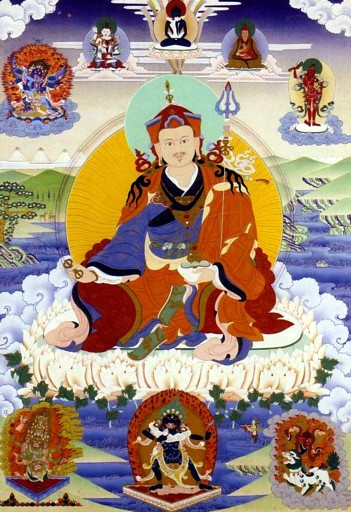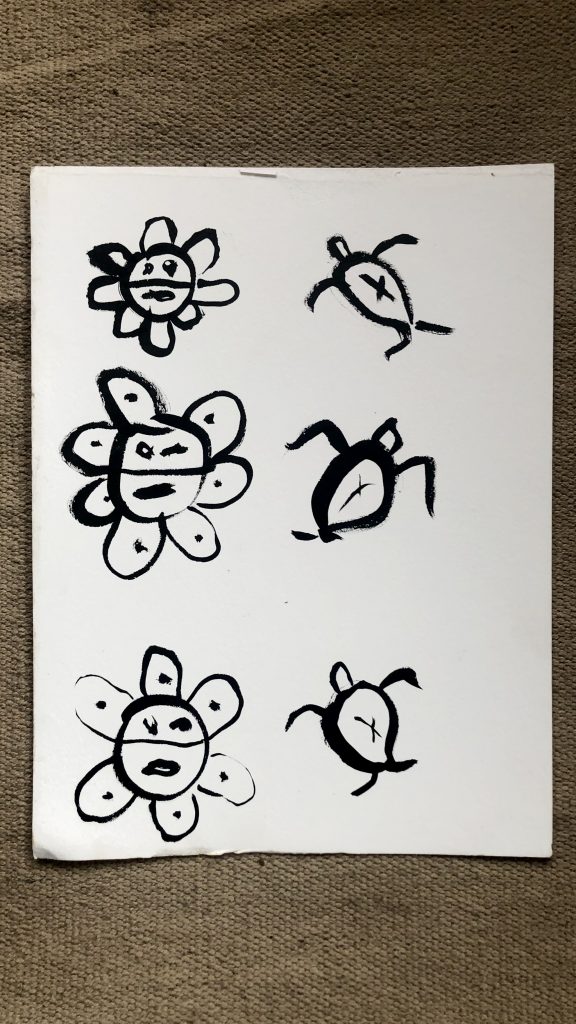
From: Three Principle Aspects Of The Path by: Jé Tsongkhapa … Without a pure determination to be free, there is no means to achieve peace owing to fixation on pleasurable effects of the ocean of existence. Embodied beings are thoroughly bound by craving for existence; therefore, in the beginning, seek a determination to be free. … If this determination to be free is not influenced by a pure mind of enlightenment, it will not become a cause for unsurpassable enlightenment, the perfect bliss; therefore the intelligent should generate a mind of enlightenment. … Without the wisdom realizing the ultimate nature of existence, even though you familiarize yourself with the determination to be free and the mind of enlightenment, the root of cyclic existence cannot be cut; therefore make an effort to realize dependent arising. … When you have realized the essentials Of the three principle aspects of the path, accordingly, seek solitude and generate the power of effort, and quickly actualize your ultimate purpose.
From: A Lamp For The Path To Enlightenment by: Atisha Dipamkara Shrijnana … 5. Those who, through the personal suffering, truly want to end completely all the suffering of others are persons of supreme capacity. … 9. With strong faith in the Three Jewels, kneeling with one knee on the ground and your hands pressed together, first of all take refuge three times. 10. Next, beginning with an attitude of love for all living creatures, consider beings, excluding none, suffering in the three bad rebirths, suffering birth, death and so forth. 11. Then, since you want to free these beings from the suffering of pain, from suffering and the cause of suffering, arouse immutably to resolve to attain enlightenment. … 18. Having developed the aspiration for enlightenment, constantly enhance it through concerted effort. To remember it in this and also other lives, keep the precepts properly explained. … Vow of active altruistic intent 26. “In the presence of the protectors, I arouse the intention to gain full enlightenment. I invite all beings as my guests and shall free them from cyclic existence. 27. “From this moment onwards until I attain enlightenment, I shall not harbor harmful thoughts, anger, avarice or envy. 28. “I shall cultivate pure conduct, give up wrong-doing and desire and with joy in the vow of discipline train myself to follow the buddhas. 29. “I shall not be eager to reach enlightenment in the quickest way, but shall stay behind till the very end, for the sake of a single being. 30. “I shall purify limitless inconceivable lands and remain in the ten directions for all those who call my name. 31. “I shall purify all my bodily and verbal form activity. My mental activities too, I shall purify and do nothing that is non-virtuous.” … Wisdom and skillful means 38. Without the attainment of calm abiding, higher perceptions will not occur. Therefore make repeated effort to accomplish calm abiding. … 42. To eliminate all obstructions to liberation and omniscience, the practitioner should continually cultivate the perfection of wisdom and skillful means. … 45. Apart from the perfection of wisdom, all virtuous practices such as the perfection of giving are described as skillful means by the Victorious Ones. … 47. Understanding emptiness of inherent existence through realizing the aggregates, constituents and sources are not produced is described as wisdom. … 50. Moreover, when all phenomena are examined as to whether they are one or many, they are not seen to exist by way of their own entity, and thus are ascertained as not inherently existent. … 55. The nature of this worldly existence, which has come from conceptualization is conceptuality. Thus the elimination of conceptuality is the highest state of nirvana. … 58. Having ascertained through scripture and through reasoning that phenomena are not produced nor inherently existent, meditate without conceptuality.
lam rim: (Tibetan) literally meaning “the gradual path” or “the stages of the path,” used to refer to both the graduated path to enlightenment and also the text which outline such a systematic path.










